|
#NationalMothWeek #WildlifeMatters #LetsGetWild #ConnectWithNatureAndWildlife #RowenaCastilloNichollsPhotography 1st photo: Male Emperor Moth 2nd photo: male and female Emperor Moth 3rd photo: female Emperor Moth Privet Hawk Moth Elephant Hawk Moth Fun Facts about Moth Moths are insects of the order Lepidoptera. Moth antenna look like little feathers, and their wings are held flat on their backs when they are not flying. There are more than 150.000 species of moths that can be found around the world. Moths can be small as pinhead or large as hand of adult man. Their wingspan ranges from 0.11 to 12 inches. Moths are active during the night and their bodies are usually dark colored (they blend with darkness of the night). Moths have feathery or filament-like antennas on the head. Antennas are equipped with scent receptors that facilitate finding of food and partners. Moths are able to detect females that are 7 miles away thanks to exceptional sense of smell. Moths have long, curled tongue designed for diet based on nectar, fruits and berries. Luna, Atlas and Prometheus are species of moth that do not have mouth. They have short lifespan and their only purpose is to reproduce and lay eggs. Moths are important pollinators of various plant species. White, fragrant flowers that open during the night attract moths with their color and odor. Moths have tiny hairs and scales on their wings. They ensure adequate temperature of the body during the flight. Females of some species do not have wings. Moths use moon, stars and geomagnetic field to navigate during the flight. Moths are important source of food for the birds, mammals, amphibians, reptiles and numerous invertebrates. Even people in some parts of the world consume moths as valuable source of proteins and minerals. Moths use several strategies to distract predators. Their body can resemble body of hornets, wasps, praying mantis and tarantulas or even look like bird droppings. Tiger moths are major source of food for the bats. These moths emit sounds which distract sonar which bats use for navigation in the space and for detection of food. Moths produce from 40 to 1.000 eggs in a lifetime. Eggs hatch after few days or couple of months (eggs of some species remain dormant during the winter and hatch at the beginning of the spring). Females reproduce only once in a lifetime, while males can mate couple of times. Larva (caterpillar) lives from few weeks to couple of months. It usually eats plant material, wool, silk or even other insects. Fully grown larva encapsulates itself in the cocoon and transforms into adult moth. Some moths, such as silkworms produce silk to build cocoon. People cultivate silkworms on the farms as a source of silk that is used in textile industry. Adult moths live from 1 to 4 weeks. Males have longer lifespan than females. Moths are among the most diverse and successful organisms on earth. Scientists estimate there are 150,000 to more than 500,000 moth species. Their colors and patterns are either dazzling or so cryptic that they define camouflage. Shapes and sizes span the gamut from as small as a pinhead to as large as an adult’s hand. Most moths are nocturnal, and need to be sought at night to be seen – others fly like butterflies during the day. Finding moths can be as simple as leaving a porch light on and checking it after dark. Serious moth aficionados use special lights and baits to attract them. Moths are a paraphyletic group of insects that includes all members of the order Lepidoptera that are not butterflies, with moths making up the vast majority of the order. There are thought to be approximately 160,000 species of moth, many of which have yet to be described. Most species of moth are nocturnal, but there are also crepuscular and diurnal species. The modern English word "moth" comes from Old English "moððe" (cf. Northumbrian "mohðe") from Common Germanic (compare Old Norse "motti", Dutch "mot", and German "Motte" all meaning "moth"). Its origins are possibly related to the Old English "maða" meaning "maggot" or from the root of "midge" which until the 16th century was used mostly to indicate the larva, usually in reference to devouring clothes. Moth larvae, or caterpillars, make cocoons from which they emerge as fully grown moths with wings. Some moth caterpillars dig holes in the ground, where they live until they are ready to turn into adult moths. Moths evolved long before butterflies, with fossils having been found that may be 190 million years old. Both types of Lepidoptera are thought to have evolved along with flowering plants, mainly because most modern species feed on flowering plants, both as adults and larvae. One of the earliest species thought to be a moth-ancestor is Archaeolepis mane, whose fossil fragments show scaled wings similar to caddisflies in their veining. Some studies indicate that certain species of moths, such as those belonging to the families Erebidae and Sphingidae, may be the key pollinators for some flowering plants in the Himalayan ecosystem. A UK study published by The Royal Society in 2020 established that moths are important nocturnal pollinators of a wide range of plants. Notable Moth Species:
Moth of Economic Significance:
Moth in different languages: Cornish: Godhan
Filipino: Gamugamo Croatian: moljac Czech: můra Danish: møl Dutch: mot Spanish: polilla Finnish: koi French: papillon de nuit German: Motte Italian: tarma Norwegian: møll Polish: ćma Portuguese: traça Romanian: molie Russian: моль Latin American Spanish: polilla Swedish: nattfjäril
0 Comments
Leave a Reply. |
Rowena
|

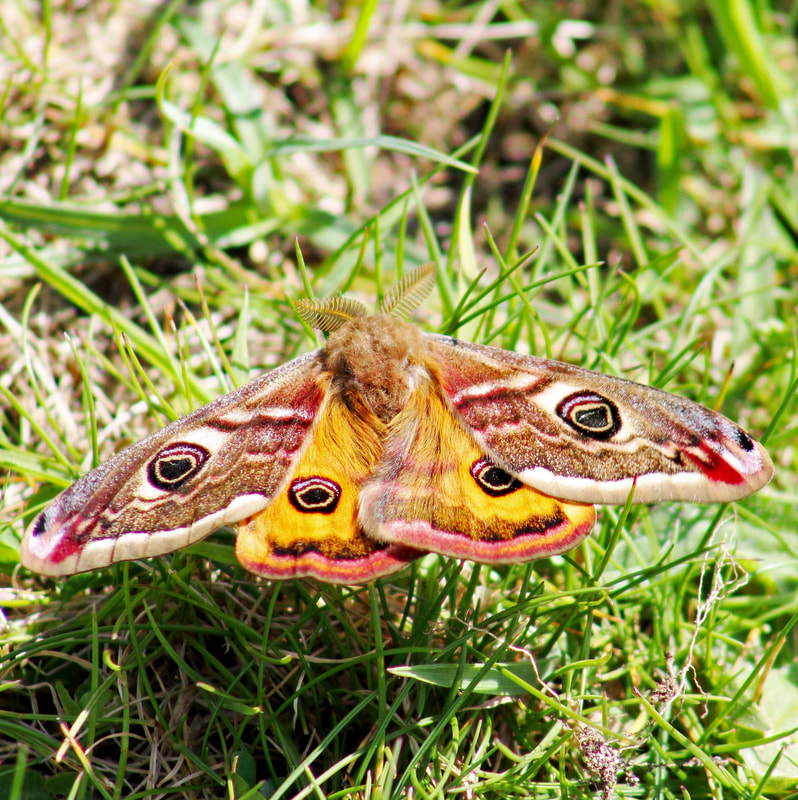
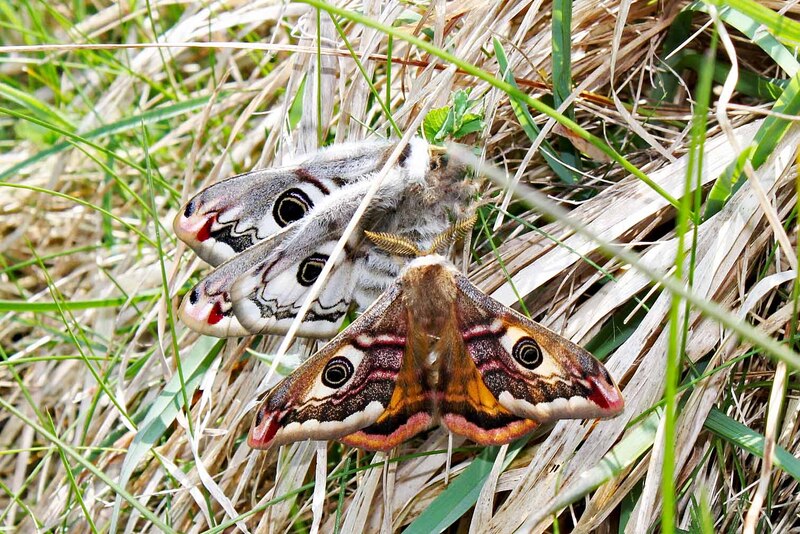
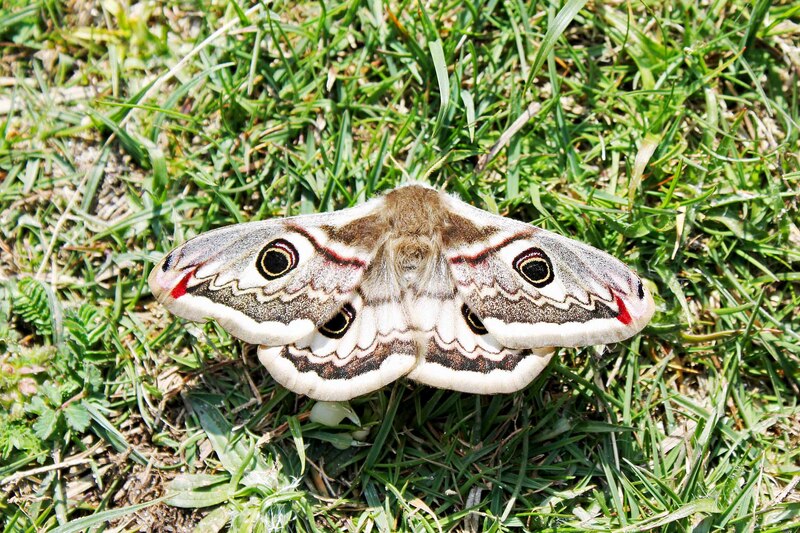
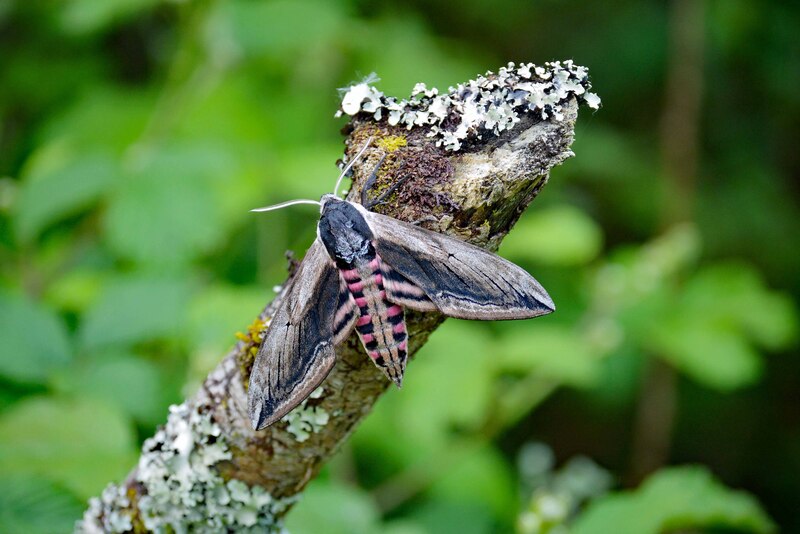
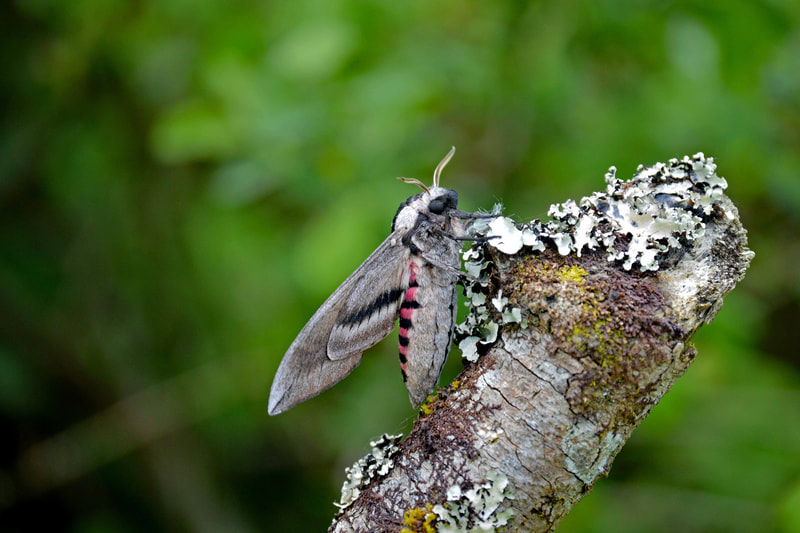
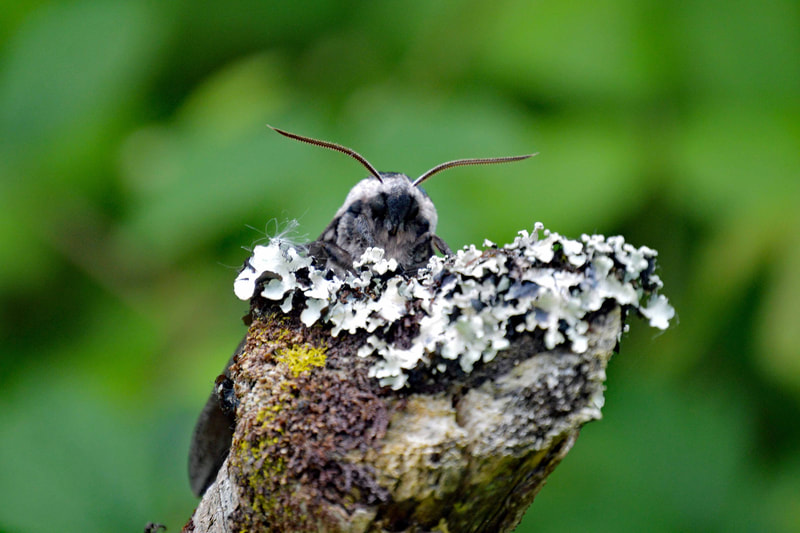
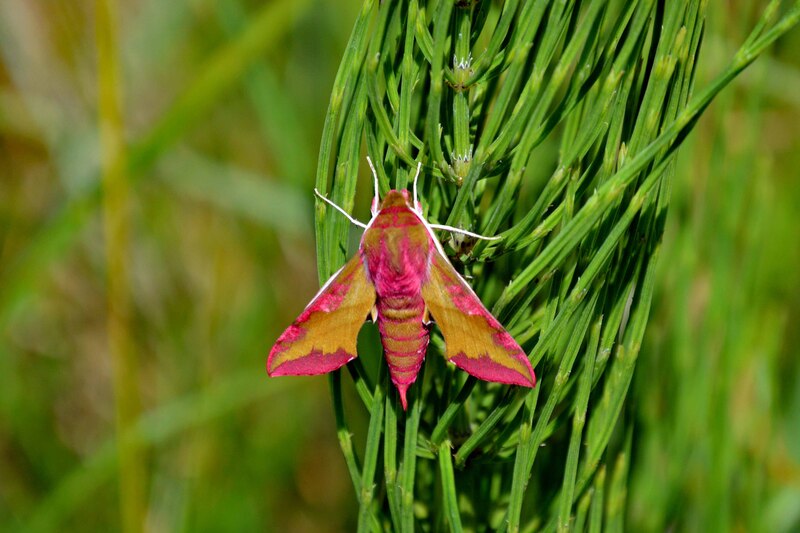
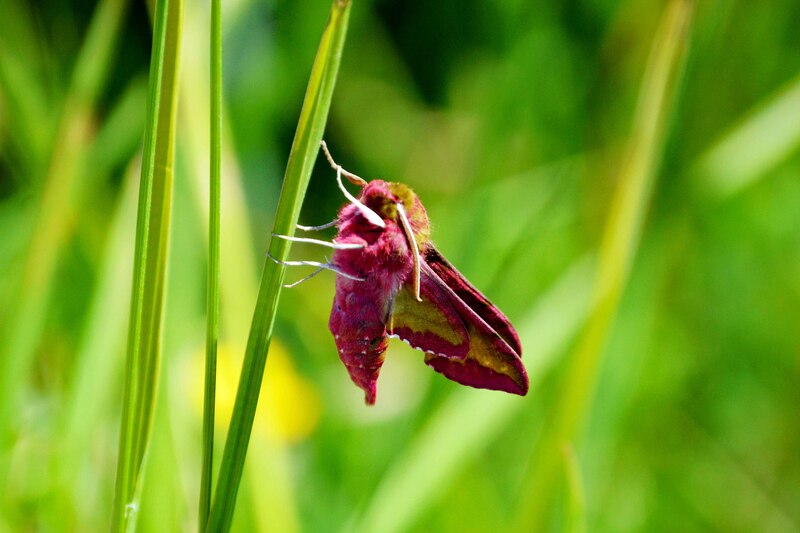
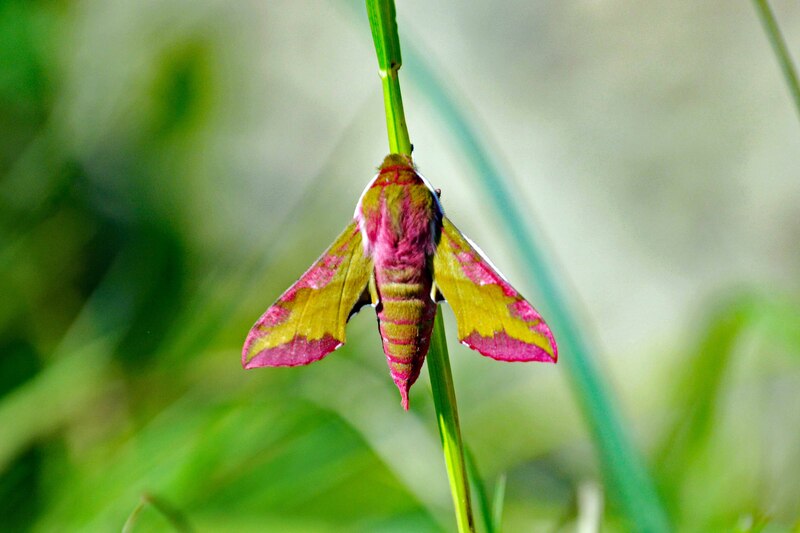
 RSS Feed
RSS Feed